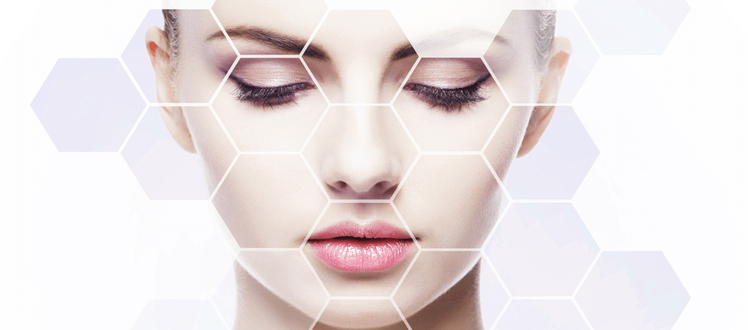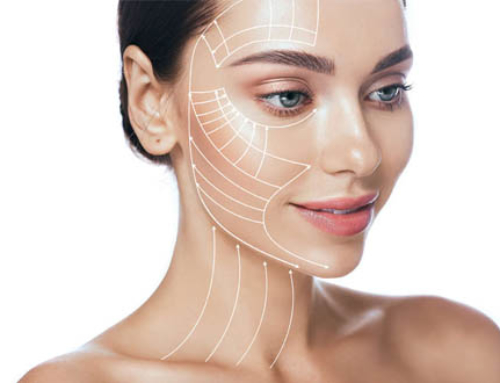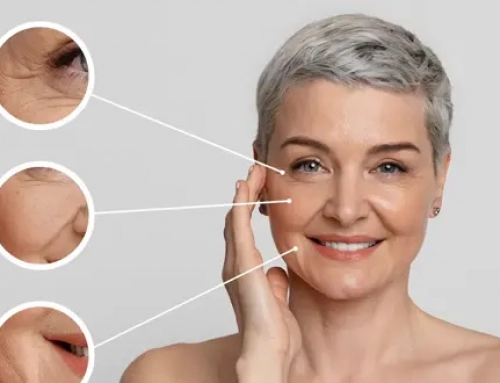It is important to make a distinction between normal facial asymmetries and dysmorphia, which can cause functional issues with mastication, speech or even posture. Here is what cosmetic surgery can do to restore facial harmony in case of asymmetry.

Symmetry and facial harmony
When can the face be considered as asymmetrical ? Are there measuring components for facial symmetry ?
The face is considered as symmetrical when the distance forehead / nose, nose / lips and lips / chin is the same. There is no standard criteria to measure symmetry and an asymmetrical face can be considered more attractive than a perfectly proportioned one.
Which are the most common facial asymmetries ?
The most common facial asymmetries involve the middle third (from the eyes to the nose) and the lower third of the face (from the mouth to the chin).
What’s the difference between asymmetry and dysmorphia ?
Asymmetry is not always caused by bony malformations whereas dysmorphia usually is. Dysmorphia can present in the form of a class 2 bad bite (protrusion, projection or tooth rotation) or class 3 (when the upper jaw is too far forward or when the lower jaw is too far back).
How is facial asymmetry corrected ?
Facial asymmetry is corrected with a surgical procedure designed to reposition the bones. This type of procedure is referred to as maxillofacial surgery.
What is cheek augmentation surgery ?
This procedure uses fat grafting or small implants to create volume in the cheekbones area for patients presenting with a lack of projection or hollows. In most cases, the results are permanent. Cheek augmentation surgery is often combined with the eyelid lift, face lift and bad bite treatment for more comprehensive results.






Laisser un commentaire